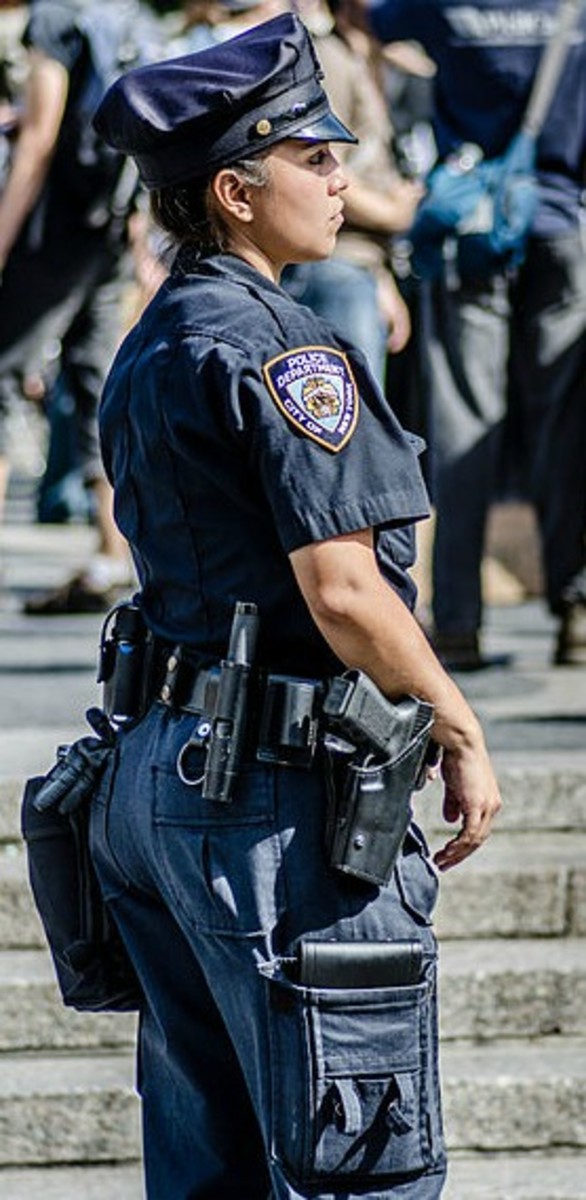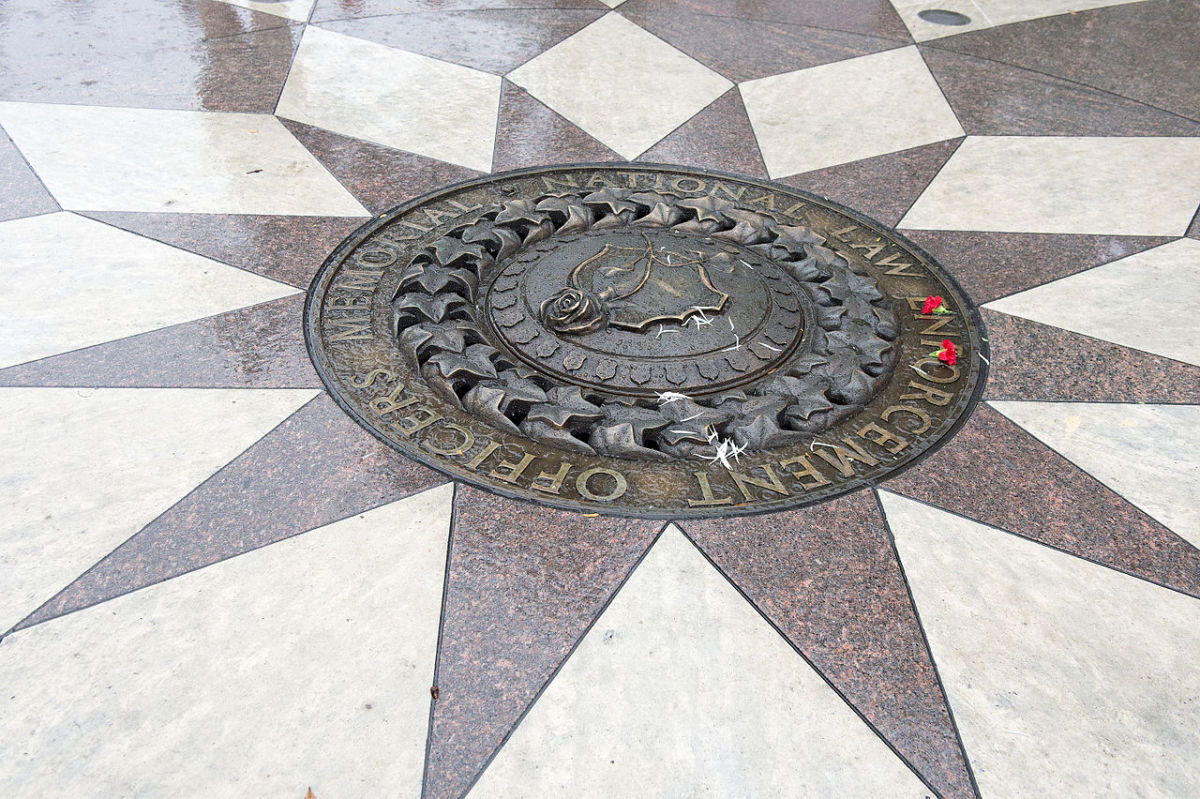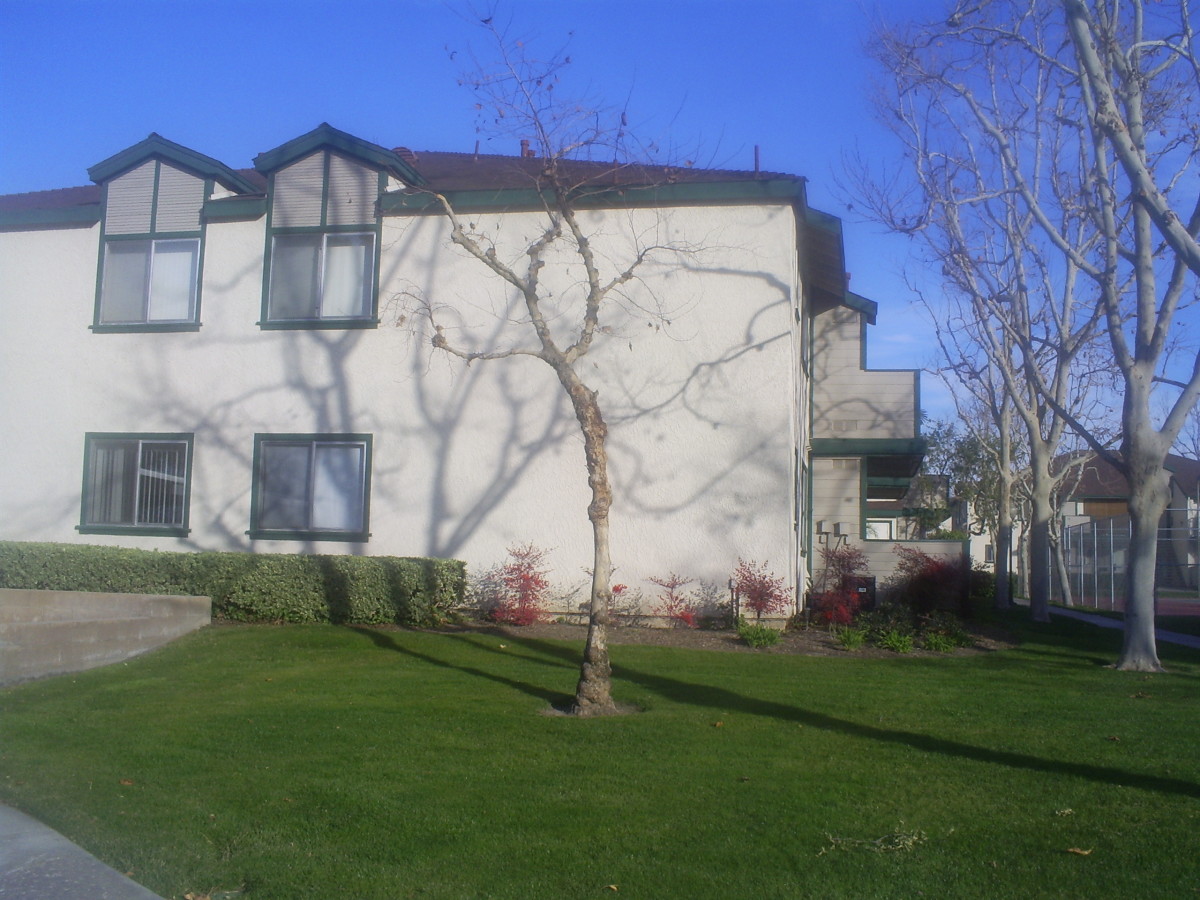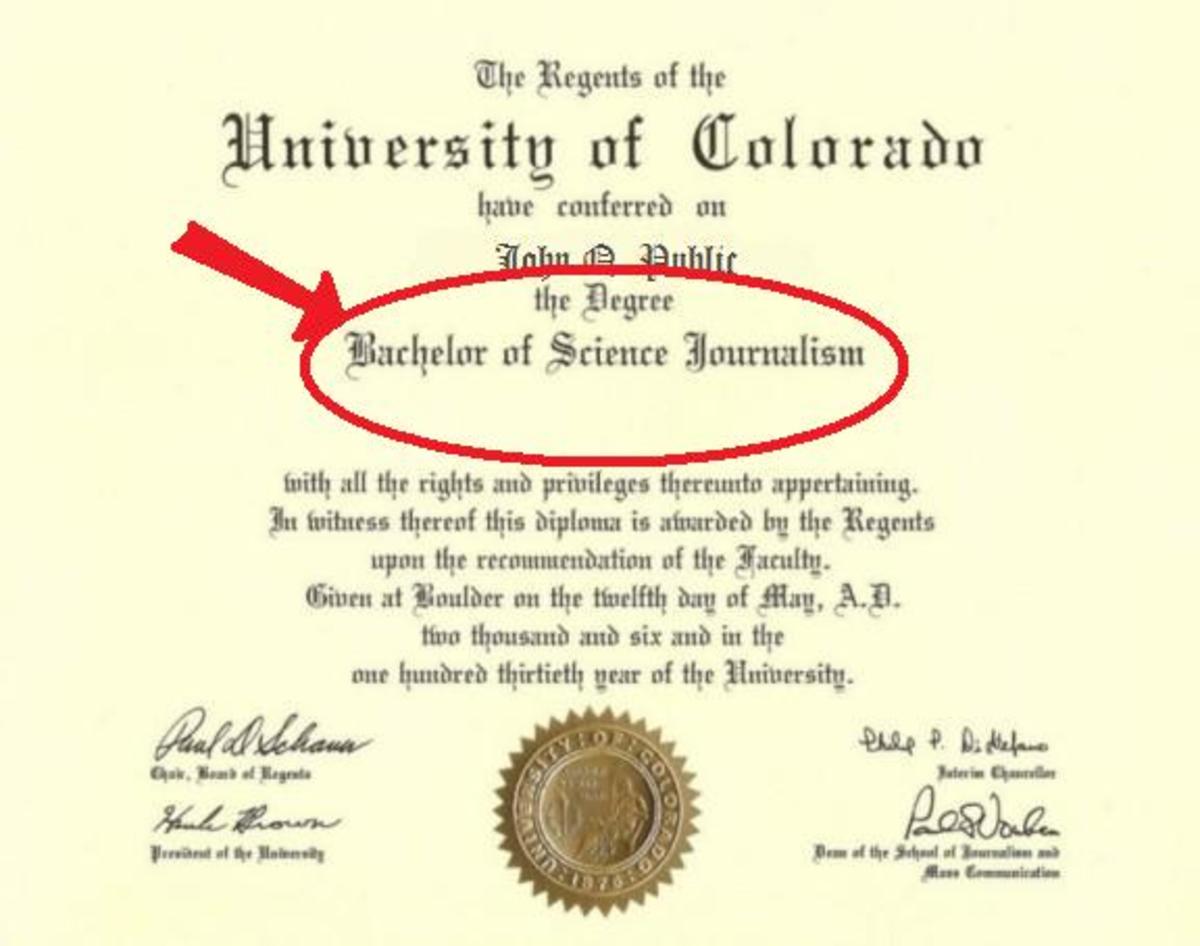How to respond to an active shooter situation
Make Money Writing Online Like I Do:
- Signup For HubPages
It is free and easy to sign up, and you make a good residual income off your articles!
Active Shooter Situation
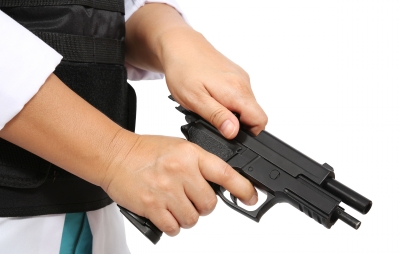
Active Shooter Situation
Active Shooter: How to Respond (according to the U.S. Department of Homeland Security)
What is the definition of an active shooter?
An active shooter is an individual actively engaged in attempt to hurt or kill mass amounts of people. These attacks will generally occur in heavily populated areas such as a school, mall, or large office building. In most cases the active shooters will use multiple firearms and there is no single target but rather a random pattern to their selection of victims (generally there is no method, but they will just attempt to harm anyone they come across). Active shooter situations are unpredictable and evolve quickly. After several tragedies (Columbine, University of Virginia) most law enforcement agencies have initiated specific training in response to these active shooter situations. Police will be immediately deployed in order to stop the shooting of more victims. However, this response can still take 15-20 minutes before the local law enforcement is able to arrive on the scene, so it is extremely critical that individuals are prepared with the knowledge of what to do until they arrive.
How to respond when an active shooter is in your vicinity?
Quickly determine the most reasonable way to protect your own life and those of people around you. Remember that customers and clients are likely to follow the lead of employees, managers, and other personnel (and in case of the active shooting occurs in a school: teachers and administrators), when faced with an active shooter situation.
1. Evacuate: If there is a direct and accessible escape route, do your best to evacuate the premises (and get as far away as possible). Be sure to:
· Have an escape route and plan in mind
· Do not run just to run
· Evacuate regardless of whether others agree to follow
· Leave behind any belongings that will slow you down (briefcase, backpack, heavy coat, etc…)
· Help others escape if possible
· Keep your hands visible, so you will not be seen as a threat to arriving officers or other victims
· Warn people not to entering an area where the active shooter may be
· Do not attempt to move any wounded individuals
· Call 911 once you are in a safe area
2. Hide Out: If evacuating the area is not safe or possible, try to find a place to hide where the active shooter is not likely to look or find you. Your hiding place should:
· Be out of the active shooters view
· Provide some protection if shots are fired into your direction
· Not trap you, or leave you with limited options if the active shooter should find you.
· While hiding out, be sure to lock the door and if needed barricade the doors and windows with heavy furniture.
· While hiding out if the active shooter is nearby be sure to silence your cell phone, turn off any noise sources such as a TV or radio, and stay quite.
· Hide behind large items that could be potentially use to shield you from the active shooter if he/she does enter your space
3. Take Action: In an active shooter situation, and only as a last possible resort, when your life is in immediate danger, attempt to incapacitate the active shooter by:
· Finding or improvising a weapon (a fire extinguisher, your keys, or a pair of scissors for example)
· Act as aggressively as possible and try to take the person down to the floor
· Yelling and screaming
· Making a decisive commitment to your actions (don’t charge halfway to the active shooter and then turn to run away)
5 Good Practices for coping with an active shooter situation:
1. Be aware of your environment
2. Take note of the two nearest exits whenever you are in an unfamiliar building or area.
3. If you are in a classroom or office, shut the door (locking if possible) and stay there.
4. If you are in a hallway, get into a room immediately and secure the door.
5. Only as a last resort should you attempt to take an active shooter down. If the shooter is in close range and you are unable to flee, try to incapacitate him/her any way you can.
Also, be sure to call 911… but only when it is safe to do so.
Phone Numbers You Should Have Ready In Case Of An Emergency:
EMERGENCY SERVICES: 911
LOCAL EMERGENCY INFORMATION PHONE LINE: ______________________________
LOCAL POLICE DEPARTMENT: ____________________________
LOCAL FIRE DEPARTMENT: __________________________
LOCAL HOSPITAL: ______________________
LOCAL FBI FIELD OFFICE: __________________________

